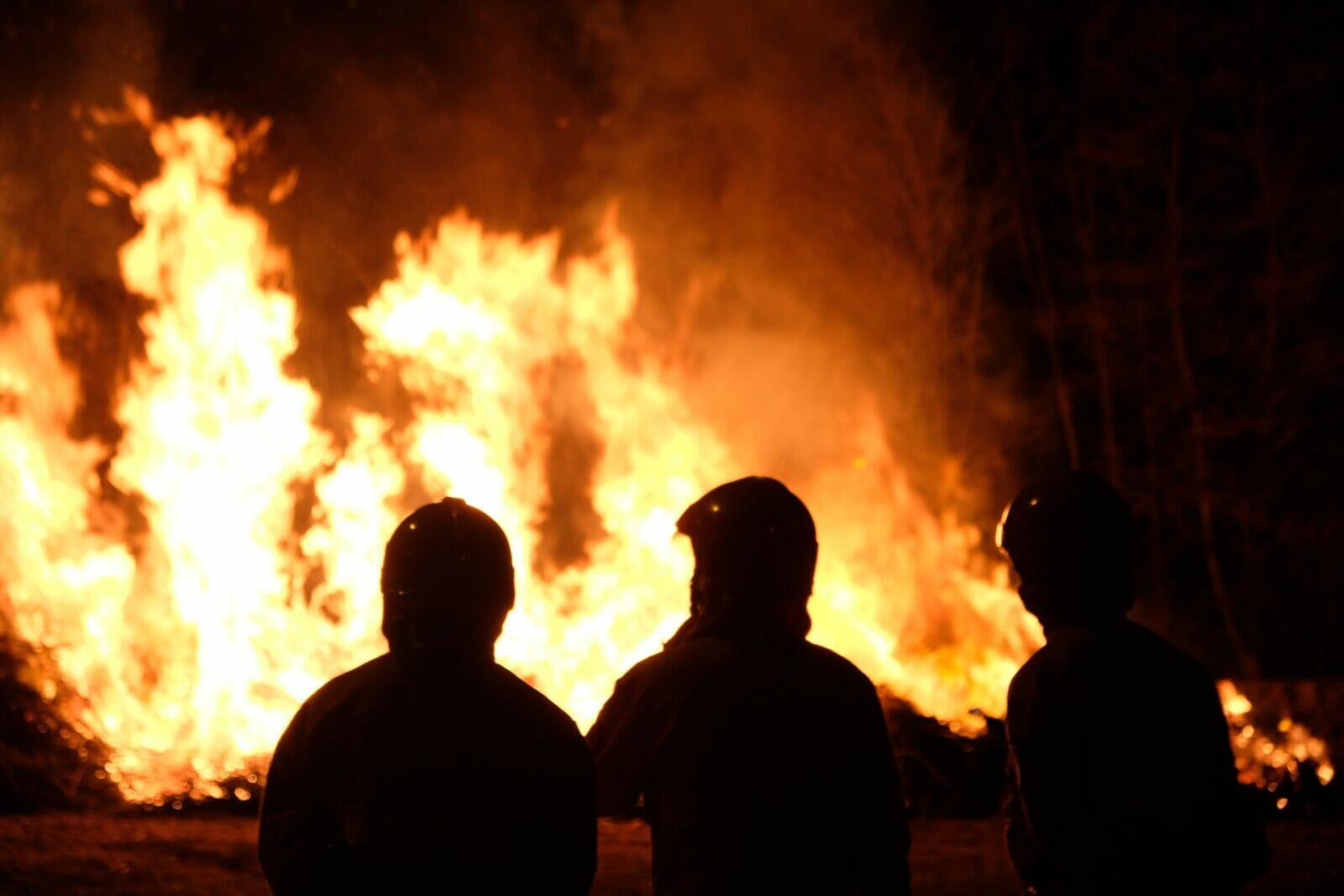When you live in Arizona, you get used to extreme heat. But no one gets used to the threat of wildfires, even more so for those with medical conditions. Year after year, people across the state have had to flee with little notice, often in poor air quality conditions that can turn dangerous for those with asthma, heart disease, diabetes, or other chronic conditions. Pregnant women, children, and responders are also more susceptible to the effects of smoke inhalation.
MORE NEWS: The Most Influential Women in Arizona for 2025
DEEPER DIVE: The Most Influential Women in Commercial Real Estate for 2025
As senior medical director for Optum – Arizona, I’ve seen how quickly wildfire exposure can trigger ER visits, hospitalizations, and long-term respiratory issues. But I’ve also seen how early prevention can reduce those risks and reduce the threat of wildfires. I want to encourage every household, especially those with medical needs, to treat wildfire preparedness like a vital part of your health plan. Here are the key steps every family should take, especially if someone in your household has a chronic illness, uses medical equipment, or takes daily medication:
Your medical emergency checklist for wildfire season

The CDC recommends the following:
Create a personalized medical go-kit. Include seven to 10 days of prescriptions in a waterproof and childproof container. Gather emergency supplies, including NOISH-approved respirators, if available. It is recommended to also leave a copy of phone numbers for your physician, pediatrician, pharmacist, counselor, and veterinarian in your go-kit. Other important numbers you should know include the Poison Control Center (800-222-1222); the Animal Poison Control Helpline (888-426-4435); and the Disaster Distress Helpline (800-985-5990).
Collect and protect important paperwork, including:
- Asthma action plan
- Food allergy and anaphylaxis care plan
- Complete care plan
- Emergency care plan for children with special healthcare needs
- Copies of insurance cards and medical records, such as vaccination records
- Vital records, such as birth or death certificates
- Personal identification cards, such as passports, driver’s licenses, and social security cards
- A list of medications for each family member
- Advance directives (e.g., behavioral health, living wills and power of attorney forms)
Plan for displacement. Ask yourself: If we had to leave in 15 minutes, could we maintain our health for three days? Where would we go? Could our care continue seamlessly? Ask your provider how to access care if you’re away from your regular doctor.
Don’t forget your children. NIOSH-approved respirators and international respirators may be available in smaller sizes that fit children. However, manufacturers typically design them to be used by adults in workplaces, and they may not have been tested for broad use in children. Choose a comfortable respirator or mask that your child can wear properly. If a respirator or mask fits poorly or is uncomfortable, a child might take it off or wear it incorrectly (for example, pulling it down from their nose), reducing the intended benefits.
No one wants to think about the day they might have to evacuate. But planning ahead could be the reason your family gets through wildfire season safely, not just surviving, but staying healthy.
Author: Dr. Tara Ostrom is senior medical director at Optum – Arizona.




